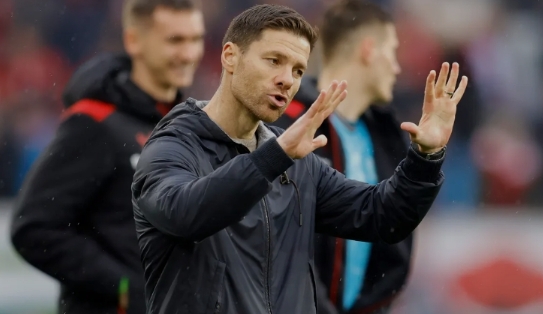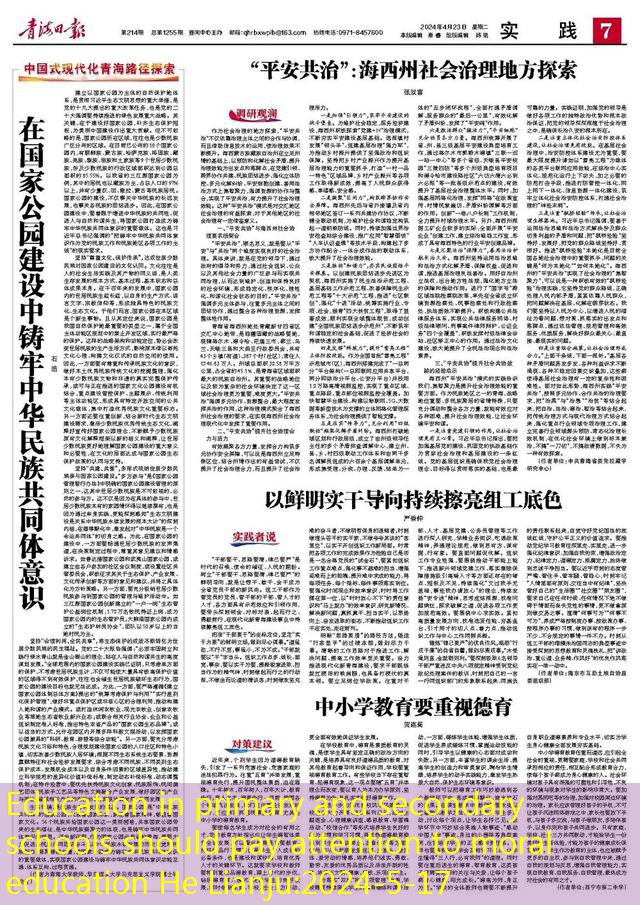In the spring of 1994, the world witnessed one of the most devastating genocides in recent memory – the Rwandan Genocide. Located in the heart of Africa, the small nation of Rwanda was torn apart by ethnic violence, resulting in the systematic killing of an estimated 800,000 people within a span of just three months. This horrific event, fueled by long-standing tensions between the Hutu and Tutsi ethnic groups, forever scarred the collective conscience of humanity and serves as a stark reminder of the atrocities that mankind is capable of committing.

The seeds of the Rwandan Genocide can be traced back to the colonial era, when the Belgians, who governed Rwanda at the time, implemented a policy of divide and rule, exacerbating existing social and ethnic divisions. For years, the Hutu majority held power, discriminating against the Tutsi minority, which further deepened the animosity between the two groups. The assassination of Rwandan President Juvénal Habyarimana, a Hutu, on April 6, 1994, provided the spark that set off the powder keg of tension and hatred that had been building for years.
In the aftermath of Habyarimana’s assassination, extremist Hutu elements within the government, aided by militias and ordinary citizens, started a meticulously planned campaign of violence against the Tutsi population. Roadblocks were set up to identify and kill Tutsis, while lists of Tutsi individuals and their addresses were distributed to ensure no one would escape the carnage. The genocide unfolded with terrifying efficiency, as neighbors turned against neighbors, friends betrayed friends, and families were torn apart.
The international community, seemingly paralyzed by a combination of indifference, political calculations, and insufficient will, failed to intervene effectively to halt the bloodshed. The United Nations peacekeeping force in Rwanda, UNAMIR, was sorely under-resourced and lacked a clear mandate to protect civilians. Despite pleas for assistance, the response from the international community was slow and insufficient, allowing the genocide to continue unchecked.
It wasn’t until July 1994, when a Tutsi-led rebel force known as the Rwandan Patriotic Front (RPF) successfully halted the genocide and took control of the country, that the killing finally ceased. By then, however, the damage had been done, leaving a trail of devastation and unimaginable loss in its wake. Rwanda, a nation forever changed, began the arduous task of rebuilding and healing the wounds left by the genocide.
The Rwandan Genocide stands as a haunting reminder of the depths of human cruelty and the catastrophic consequences of unchecked hatred and division. It serves as a call to action to prevent such atrocities from repeating and to foster tolerance, understanding, and empathy in our world. The scars of the genocide may never fully heal, but by remembering this dark chapter in history, we can strive to ensure that such unspeakable horrors are never allowed to happen again.





